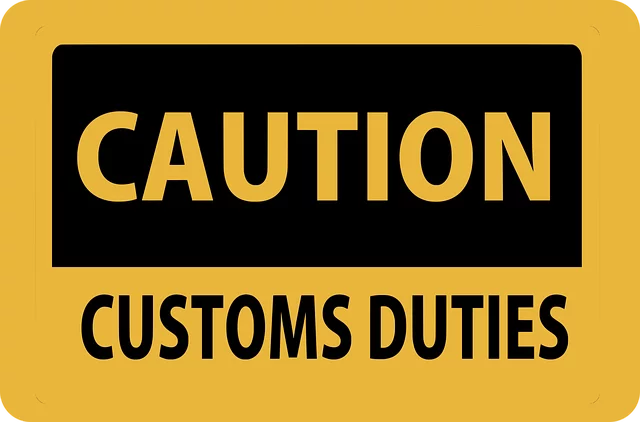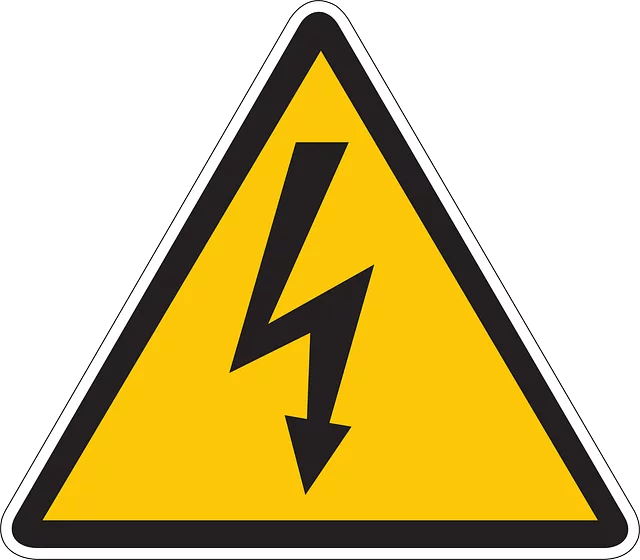OSHA workplace safety inspections are critical for upholding strict hearing conservation programs, focusing on noise exposure evaluations, employee training, PPE usage, and hazard assessment protocols. Hazard assessment protocols and Safety Data Sheet (SDS) compliance play key roles in identifying and mitigating noise-related risks. Regular audits ensure organizations meet OSHA standards and foster a culture of proactive hearing health protection through continuous improvement based on audit findings and targeted action plans.
“Enhance your workplace hearing safety with a deep dive into the world of hearing conservation program audits. Understanding OSHA’s role in these inspections is pivotal for identifying and mitigating noise-related hazards. This article explores key aspects, from the significance of hazard assessment protocols in pinpointing hearing risks to the crucial element of Safety Data Sheet (SDS) compliance. We’ll guide you through each step of conducting effective audits and share post-audit strategies for continuous improvement.”
- Understanding OSHA Workplace Safety Inspections and Their Role in Hearing Conservation
- The Importance of Hazard Assessment Protocols in Identifying Hearing Risks
- Safety Data Sheet (SDS) Compliance: A Crucial Aspect of Hearing Protection Programs
- Key Components of a Comprehensive Hearing Conservation Program Audit
- Step-by-Step Guide to Conducting Effective Hearing Conservation Audits
- Post-Audit Actions and Continuous Improvement Strategies for Workplace Hearing Safety
Understanding OSHA Workplace Safety Inspections and Their Role in Hearing Conservation
OSHA workplace safety inspections play a pivotal role in ensuring hearing conservation programs adhere to strict standards and regulations. These comprehensive audits evaluate various aspects of a workplace, including noise exposure levels, employee training, personal protective equipment (PPE) utilization, and adherence to hazard assessment protocols. By meticulously scrutinizing these areas, OSHA helps identify potential risks and non-compliance issues related to hearing loss prevention.
During an inspection, businesses are required to demonstrate compliance with relevant regulations, such as providing safety data sheets (SDS) that outline the hazards associated with noise and recommended control measures. Effective hearing conservation programs should be integrated into the workplace culture, and inspections serve as a catalyst for continuous improvement by identifying gaps and promoting best practices in worker protection.
The Importance of Hazard Assessment Protocols in Identifying Hearing Risks
In the realm of workplace safety, particularly focusing on OSHA (Occupational Safety and Health Administration) workplace safety inspections, hazard assessment protocols play a pivotal role in identifying potential hearing risks. These structured protocols are designed to meticulously evaluate various factors within the work environment, ensuring compliance with safety data sheet (SDS) guidelines. By systematically analyzing noise levels, employee exposure duration, and protective equipment utilization, these assessments help pinpoint areas where workers might be at risk of hearing damage.
The significance of such protocols cannot be overstated, especially in industries characterized by high-decibel operations, like construction or manufacturing. Effective hazard assessment enables employers to implement targeted interventions, ensuring that employees are protected during their shifts. This proactive approach not only aligns with OSHA standards but also fosters a culture of safety and well-being, ultimately contributing to the preservation of workers’ hearing health over time.
Safety Data Sheet (SDS) Compliance: A Crucial Aspect of Hearing Protection Programs
In the realm of hearing conservation programs, Safety Data Sheet (SDS) compliance is a vital aspect that often underscores the overall success and effectiveness of workplace safety inspections. OSHA’s guidelines for workplace safety inspections emphasize the importance of thorough hazard assessment protocols, which include identifying potential noise sources and evaluating their impact on employee hearing health. SDS, containing critical information about chemical hazards, are essential tools in this process.
By ensuring Safety Data Sheet compliance, organizations can effectively manage risks associated with exposure to hazardous substances. This involves providing employees with accessible and up-to-date information about the products they work with, enabling them to take appropriate precautions. Regular reviews and updates of SDS documentation align with best practices for hearing protection programs, fostering a culture of safety and proactive risk mitigation.
Key Components of a Comprehensive Hearing Conservation Program Audit
A comprehensive hearing conservation program audit is a critical process that ensures an organization’s commitment to employee hearing health and OSHA workplace safety inspections standards. It involves a systematic evaluation of various key components, starting with a thorough hazard assessment protocol. This step identifies potential noise hazards, evaluating exposure levels through sound level measurements and worker tasks analysis.
The audit also scrutinizes Safety Data Sheet (SDS) compliance, verifying that proper materials and information are readily accessible to employees. Additionally, it assesses the effectiveness of hearing protection programs, including fit testing procedures, training protocols, and access to resources for workers to understand and manage their hearing risk. Regular audits facilitate continuous improvement in workplace safety practices, fostering a culture of proactive hearing conservation.
Step-by-Step Guide to Conducting Effective Hearing Conservation Audits
Conducting effective hearing conservation audits involves a systematic approach to ensure OSHA workplace safety standards are met. Begin by identifying all employees exposed to noise hazards, utilizing hazard assessment protocols to measure noise levels and evaluate risk. Next, review Safety Data Sheets (SDS) for relevant chemicals or substances that may contribute to hearing loss risks, ensuring compliance with regulatory requirements.
During the audit, inspect personal protective equipment (PPE), including hearing protection devices, for proper fit, condition, and usage. Examine training records to verify employees understand hearing conservation practices and procedures. Collect and analyze data from these areas, comparing it against industry benchmarks and OSHA guidelines. Finally, document findings thoroughly, identifying areas of non-compliance and making recommendations for improvement to foster a safer work environment.
Post-Audit Actions and Continuous Improvement Strategies for Workplace Hearing Safety
After conducting a thorough hearing conservation program audit, the next crucial step is implementing post-audit actions and embracing continuous improvement strategies to enhance workplace hearing safety. Organizations should begin by carefully reviewing the findings from the audit, identifying areas of non-compliance with OSHA workplace safety inspections and hazard assessment protocols. This process involves a comprehensive analysis of noise exposure levels, personal protective equipment (PPE) utilization, and existing safety procedures.
One effective strategy is to develop targeted action plans based on the identified gaps. These plans should prioritize addressing high-risk areas and include measurable goals for improvement. Organizations can enhance their hearing safety programs by promoting safe work practices, ensuring proper training, and providing accessible safety data sheets (SDS) for all relevant equipment and substances. Regular follow-up inspections and employee feedback loops further contribute to continuous improvement, fostering a culture of proactive hearing conservation within the workplace.


